Home>Renovation & DIY>Home Renovation Guides>Asset Type For Home Improvement For Rental Property When Filing Tax
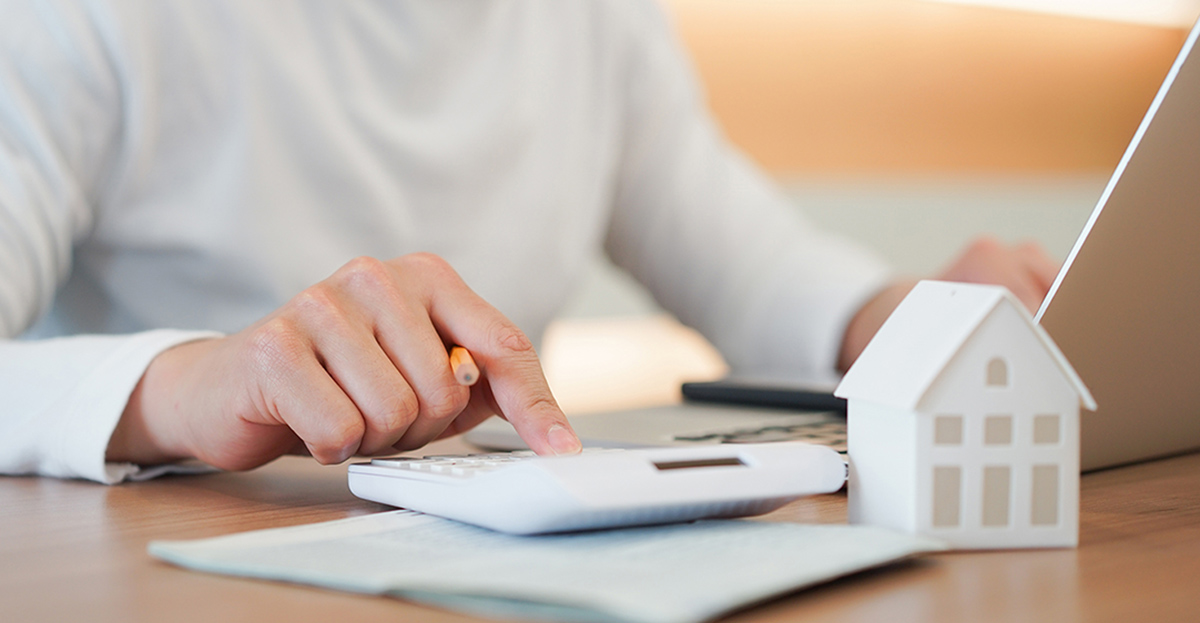

Home Renovation Guides
Asset Type For Home Improvement For Rental Property When Filing Tax
Published: December 21, 2023
Learn how to maximize tax benefits for rental property renovations with our comprehensive home renovation guide. Understand the best asset types for home improvement and tax filing.
(Many of the links in this article redirect to a specific reviewed product. Your purchase of these products through affiliate links helps to generate commission for Storables.com, at no extra cost. Learn more)
Introduction
When it comes to owning rental properties, it's essential to maintain and improve them to attract tenants and retain the property's value. However, the expenses incurred in improving rental properties can have significant tax implications. Understanding the different types of assets for home improvement and their tax treatment is crucial for property owners to make informed decisions and maximize their tax benefits.
In this comprehensive guide, we will delve into the various types of assets used for home improvement in rental properties and explore their tax implications. By the end of this article, you will have a clear understanding of the different asset types and be equipped to choose the most advantageous option for your rental property improvements. Let's embark on this insightful journey to unravel the complexities of rental property improvement and its tax considerations.
Key Takeaways:
- Choose tangible assets like appliances and flooring for rental property improvements to get tax benefits through depreciation, while considering durability and potential bonus depreciation.
- Intangible assets such as software and architectural designs can enhance property value, and their tax benefits through amortization should be weighed against long-term investment goals and tenant satisfaction.
Understanding Rental Property Improvement
Improving a rental property is a strategic investment that can enhance its appeal, functionality, and overall value. These improvements can range from minor repairs to major renovations and upgrades. Common examples of rental property improvements include repairing structural issues, updating appliances, renovating kitchens and bathrooms, landscaping, and enhancing energy efficiency.
It is important to distinguish between repairs and improvements for tax purposes. Repairs are typically recurring, necessary tasks to maintain the property in its current condition, such as fixing a leaky faucet or patching a roof. On the other hand, improvements add value to the property, prolong its useful life, or adapt it to new uses. Understanding this distinction is crucial, as repairs are deductible in the year they occur, while improvements are capitalized and depreciated over time.
Furthermore, rental property improvements can contribute to attracting high-quality tenants, increasing rental income, and reducing vacancy periods. As a result, property owners often seek to upgrade their rental units to remain competitive in the market and maximize their returns. However, it is imperative to consider the tax implications associated with these improvements to optimize their financial impact.
Now that we have a clear understanding of the significance of rental property improvement, let’s explore the different types of assets commonly used for these enhancements and their respective tax treatments.
Types of Assets for Home Improvement
When undertaking home improvements for rental properties, it is essential to categorize the assets used in the process. These assets can be broadly classified into tangible and intangible assets, each with distinct characteristics and tax implications.
Tangible Assets
Tangible assets are physical items that are used in the rental property and have a useful life of more than one year. These assets can include but are not limited to:
- Appliances such as refrigerators, ovens, and dishwashers
- Furniture and fixtures
- Carpeting and flooring
- Heating, ventilation, and air conditioning (HVAC) systems
- Roofing and siding
- Windows and doors
When these tangible assets are purchased for home improvement, they are typically capitalized and depreciated over their useful life, which is determined by the tax code. Depreciation allows property owners to recover the cost of these assets over time, offsetting rental income for tax purposes.
Intangible Assets
Intangible assets, on the other hand, lack physical substance but hold value for the rental property. Examples of intangible assets commonly used for home improvement include:
- Architectural or engineering designs
- Patents or copyrights related to the property
- Trademarks or trade names associated with the property
- Software used for property management or security
- Leasehold improvements
Intangible assets are also subject to specific tax treatments, and their amortization over time can provide tax benefits for property owners. Understanding the distinction between tangible and intangible assets is crucial when determining the appropriate tax treatment and maximizing the financial impact of rental property improvements.
Now that we have explored the different types of assets used for home improvement, let’s delve into the tax implications associated with these asset types.
Tax Implications of Different Asset Types
Understanding the tax implications of different asset types used for home improvement in rental properties is essential for optimizing tax benefits and complying with the relevant regulations. The treatment of tangible and intangible assets varies significantly, impacting the timing and method of tax deductions for property owners.
Tangible Assets
When tangible assets are acquired for rental property improvement, they are typically subject to depreciation for tax purposes. The cost of these assets is capitalized and recovered over their useful life through depreciation deductions. Property owners can choose from various depreciation methods, such as the Modified Accelerated Cost Recovery System (MACRS), to allocate the cost of tangible assets over specific recovery periods.
Additionally, certain tangible assets may qualify for bonus depreciation or Section 179 expensing, allowing property owners to deduct a significant portion of the asset’s cost in the year it is placed in service. These provisions can provide immediate tax benefits and improve cash flow for property owners undertaking substantial renovations or upgrades.
Intangible Assets
Intangible assets used for rental property improvement, such as architectural designs or software, are typically amortized over their useful life. Amortization allows property owners to deduct the cost of intangible assets over time, similar to depreciation for tangible assets. The amortization period is determined based on the specific characteristics of the intangible asset and the applicable tax regulations.
It is important to note that certain intangible assets, such as leasehold improvements, may have specific rules governing their tax treatment. Leasehold improvements made by a tenant for the benefit of the landlord’s rental property are generally amortized over the remaining term of the lease or the useful life of the improvement, whichever is shorter.
Impact on Tax Planning
The tax implications of different asset types for home improvement in rental properties have significant implications for tax planning and financial management. Property owners must carefully consider the timing of asset acquisitions, the applicable depreciation or amortization methods, and the potential tax incentives available for certain assets.
By strategically leveraging the tax benefits associated with tangible and intangible assets, property owners can effectively reduce their taxable income, improve their cash flow, and enhance the overall return on investment from rental property improvements.
Now that we have explored the tax implications of different asset types, let’s proceed to the crucial considerations for choosing the right asset type for home improvement in rental properties.
Choosing the Right Asset Type for Home Improvement
When it comes to selecting the appropriate asset type for home improvement in rental properties, property owners must carefully evaluate their specific needs, financial objectives, and tax considerations. The decision-making process involves weighing the advantages and drawbacks of tangible and intangible assets, as well as understanding their respective tax implications.
Considerations for Tangible Assets
For rental property improvements that involve tangible assets, property owners should assess the durability, expected useful life, and maintenance requirements of the assets. Additionally, they should consider the potential for bonus depreciation or Section 179 expensing to accelerate tax deductions and enhance cash flow. By strategically selecting tangible assets that qualify for immediate tax benefits, property owners can optimize their tax planning and financial outcomes.
Furthermore, property owners should evaluate the impact of depreciation on their overall tax position and consider the potential for cost segregation studies to maximize depreciation deductions. Cost segregation involves identifying and reclassifying certain building components as personal property or land improvements, allowing for accelerated depreciation and increased tax savings.
Considerations for Intangible Assets
When contemplating the use of intangible assets for rental property improvement, property owners should carefully assess the value and longevity of these assets. Intangible assets such as software or architectural designs can contribute to operational efficiency, tenant satisfaction, and property differentiation in the market. Property owners should consider the potential for amortization deductions over the useful life of these assets and explore any available tax incentives related to specific intangible assets.
Balancing Tax Considerations and Property Objectives
Ultimately, choosing the right asset type for home improvement in rental properties requires a balanced approach that considers both tax implications and property objectives. Property owners should align their asset selection with their long-term investment strategy, property enhancement goals, and tenant preferences. By integrating tax-efficient asset planning with property improvement initiatives, owners can achieve a harmonious blend of financial benefits and property value enhancement.
It is advisable for property owners to consult with tax professionals, financial advisors, and real estate experts to gain insights into the optimal asset selection strategies for their specific rental properties. By leveraging professional expertise and industry knowledge, property owners can make informed decisions that align with their financial and operational objectives.
With a comprehensive understanding of the considerations for choosing the right asset type, property owners can navigate the complexities of rental property improvement with confidence and strategic acumen.
Conclusion
Embarking on home improvement projects for rental properties entails not only enhancing the physical attributes of the premises but also navigating the intricate landscape of tax implications associated with different asset types. By gaining a comprehensive understanding of tangible and intangible assets and their respective tax treatments, property owners can make informed decisions that optimize their financial outcomes and property value.
Throughout this guide, we have explored the significance of rental property improvement, the various types of assets involved, and the tax implications associated with each asset type. From tangible assets such as appliances and fixtures to intangible assets like architectural designs and software, property owners have a diverse array of options to consider when undertaking rental property improvements.
Understanding the tax implications of different asset types is paramount for effective tax planning and financial management. By strategically leveraging depreciation, amortization, and potential tax incentives, property owners can enhance their cash flow, reduce taxable income, and improve the overall return on investment from rental property improvements.
Furthermore, the process of choosing the right asset type for home improvement involves a delicate balance between tax considerations and property objectives. Property owners must evaluate the durability, value, and potential tax benefits of tangible and intangible assets while aligning their selection with long-term investment strategies and property enhancement goals.
As property owners navigate the complexities of rental property improvement and tax planning, seeking professional guidance from tax advisors, financial experts, and real estate professionals can provide valuable insights and strategic direction. By leveraging professional expertise and industry knowledge, property owners can make well-informed decisions that harmonize financial benefits with property value enhancement.
In conclusion, by integrating a nuanced understanding of asset types, tax implications, and property objectives, property owners can embark on rental property improvement projects with confidence and strategic acumen. This holistic approach not only enhances the appeal and functionality of rental properties but also maximizes the financial benefits and long-term value of these investments.
Frequently Asked Questions about Asset Type For Home Improvement For Rental Property When Filing Tax
Was this page helpful?
At Storables.com, we guarantee accurate and reliable information. Our content, validated by Expert Board Contributors, is crafted following stringent Editorial Policies. We're committed to providing you with well-researched, expert-backed insights for all your informational needs.
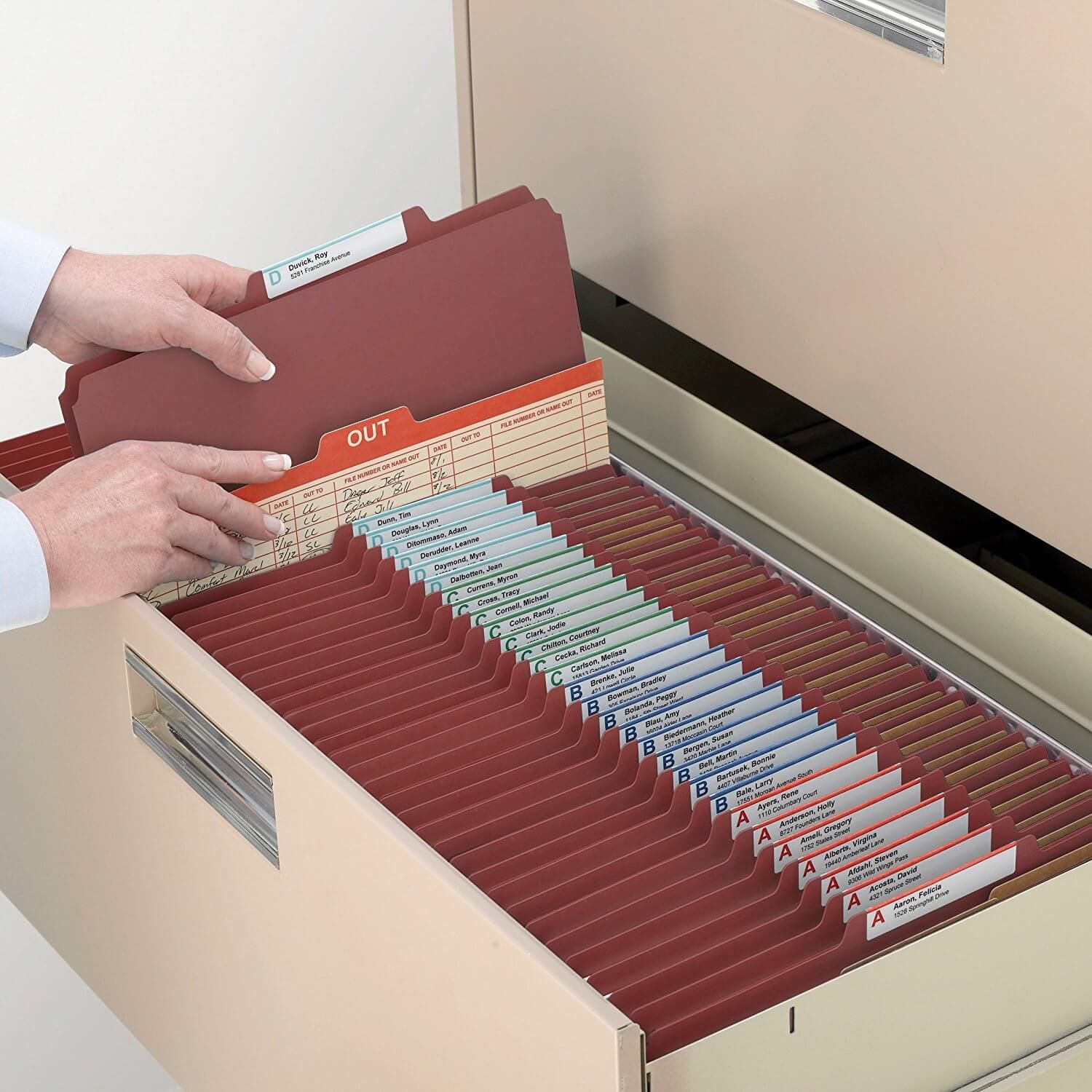
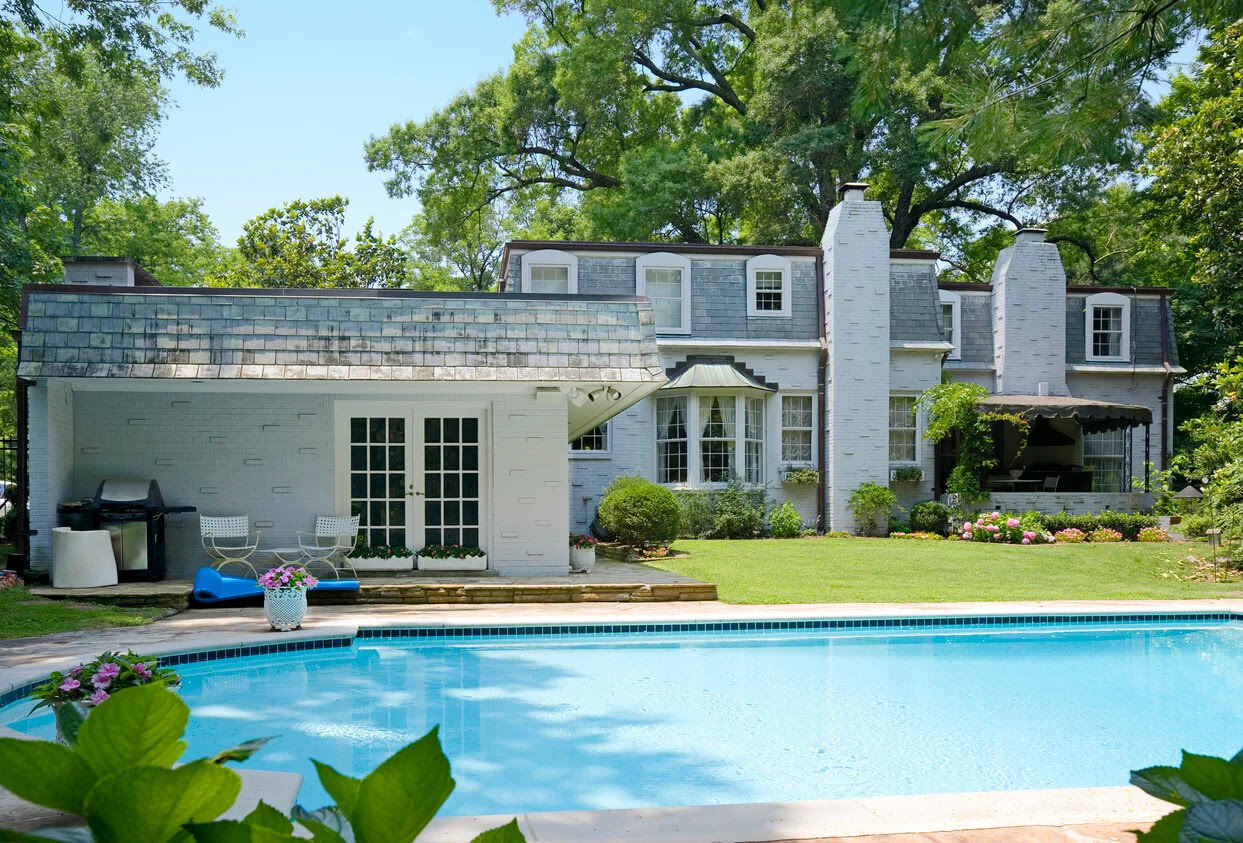
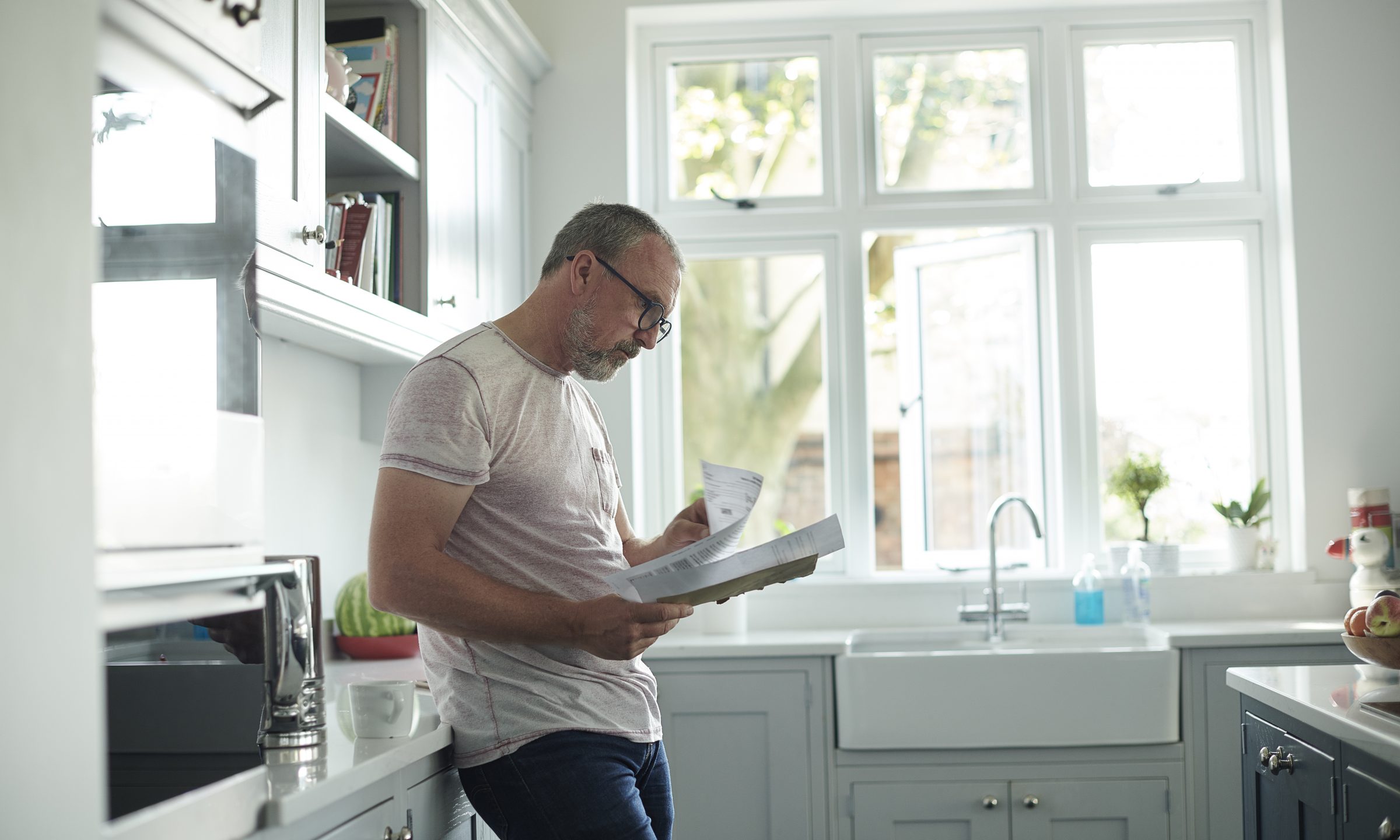








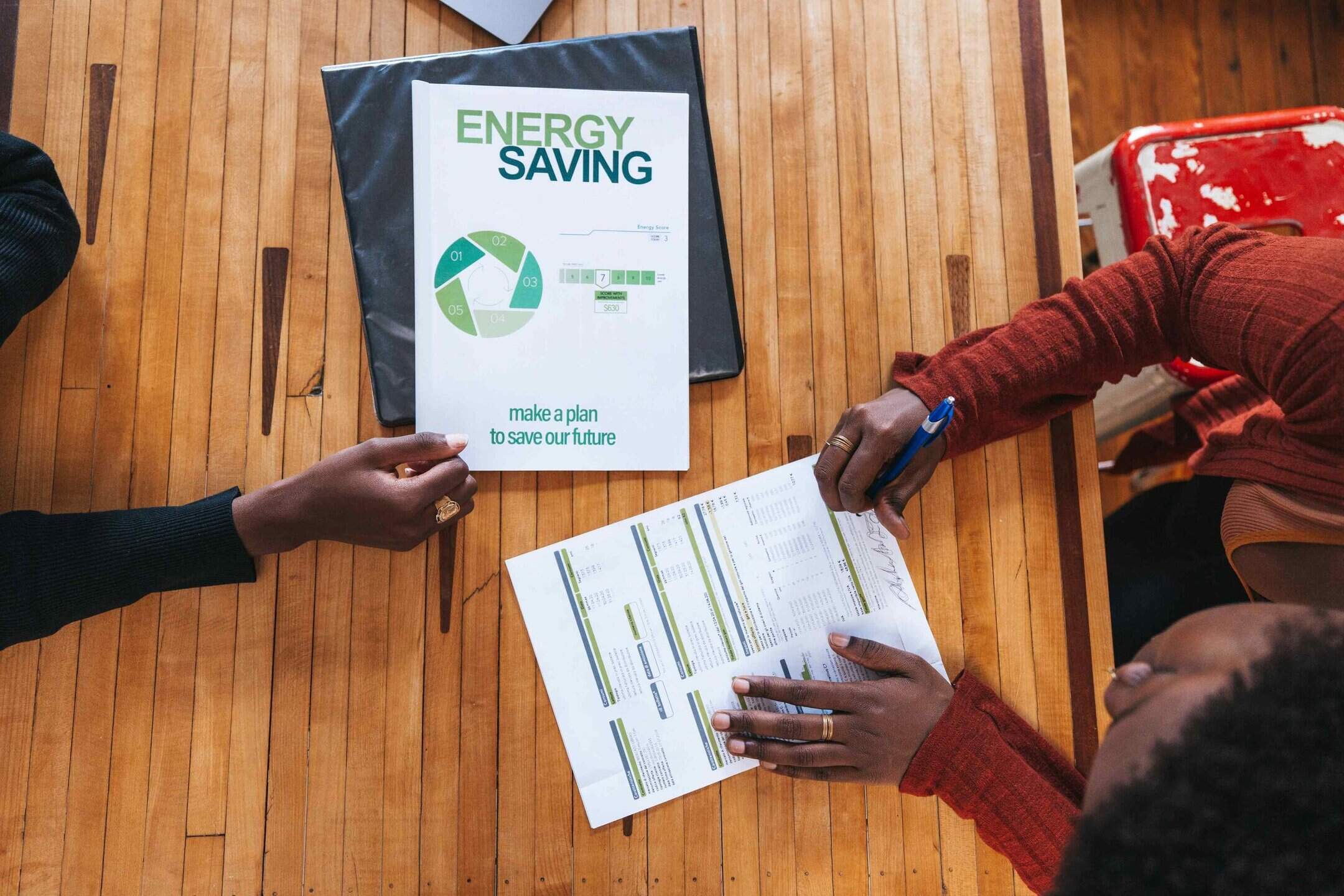

0 thoughts on “Asset Type For Home Improvement For Rental Property When Filing Tax”